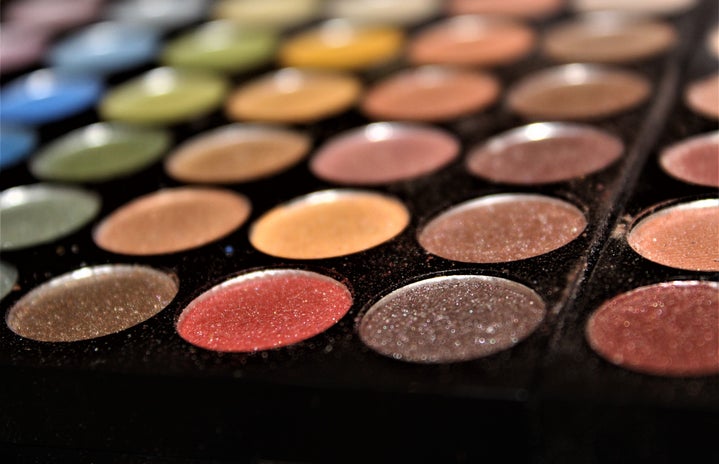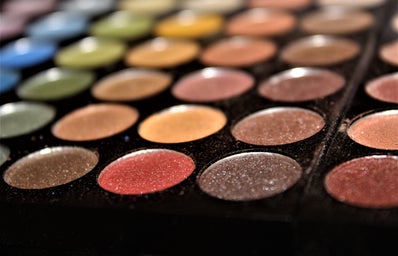I am a nail polish and art fanatic. By fanatic, I mean that every time OPI, Essie or China Glaze releases a new, themed line of polishes I am the one of the first to know about it. Okay, maybe I’m being overdramatic, but you get my point.
If you like nail art or polish like me, then you’d say that your precious bottles nail polish are more than just a mere collection – it’s a way of life. Nail polish is great because it lets you express a mood. If you want to feel flirty, you wear pink polish. If you want to be sexy, you wear a deep red polish. If you wear neon, then you’re feeling bold. The list goes on.
Whether you paint your own nails or get them done at the salon, we all can agree that nail polish can be nauseating, especially the nail polish remover. But we’re not going to get started on the remover, because you should know what’s in the polish first. Why does it smell like that? What chemicals are in the polish? Let’s investigate:
Dibutyl Phthalate (DBP)
DBP is a chemical that make plastics flexible and can be found in different cosmetic products and fragrances. The usage of this chemical in polish is to prevent cracking and chipping. Essentially its harmful and useless because I’ve tested plenty of polishes that chip within 24 hours.
What’s so bad about DBP? It’s been tested that DBP can disturb the functioning of the endocrine system, including your thyroid, pituitary gland and ovaries to name a few (yikes). This chemical has effects that can alter the way your body reacts to the hormones, which is the last thing collegiettes need right now.
It has been reported that major beauty companies took the chemical out in 2006, but doesn’t hurt to be on the lookout for it on the ingredient list.
Toluene
Toluene is a colorless liquid found in paint thinners, stain removers, tar, petroleum, nail polish removers and glues. It’s even found in cigarettes and smoke. Toluene has a sweet smell and taste, which has a role in why your polish can sometimes give you headaches when you inhale it for prolonged periods of time.
Why is Toluene in my polish? Toluene is used to spread the color particles within the polish and allows the polish to remain a liquid. It also creates that smooth finish on your nail after each coat you paint.
What damage is Toluene causing my body? According to the FDA, toluene can cause dizziness and lightheadedness if inhaled for long periods of time. In some cases, it can cause neurological damage and death, which is why people stress that you paint your nails in a well ventilated area.
Formaldehyde
Alright, we don’t have to be a brainy chemist to know that formaldehyde is bad news (shout out to the chemistry majors). Formaldehyde is a strong smelling, yet colorless gas used to preserve and embalm bodies, like the stuff you use for dissection in bio class. Kudos to biology majors because I’m so glad my high school biology days are over. Formaldehyde can be found in cigarette smoke, plywood, glues, adhesives and certain insulation materials, as well as germicide and disinfectants.
Formaldehyde is in my nail polish? You know those miracle nail strengthening polishes or those quick dry topcoats? How do you think they do that? Formaldehyde is used to harden nail polish for a faster drying process. But, how does this affect my body?
A report from the National Cancer Institute stated that formaldehyde is a known carcinogen to humans. Short term side effects can cause respiratory problems and nausea, but in the long term, excess exposure can contribute to nasal cancer and leukemia.
After reading that, did anyone else picture themselves wearing a surgical mask the next time they paint fingernails or was I the only one?
Before you swear off on nail polish. There are a few Big Free Three polish brands that are safer to use, including: Sally Hansen, China Glaze, O.P.I, Essie, Wet N’ Wild, Hard Candy and L’Oreal
If you’re still side-eyeing nail polish no matter what brand doesn’t have these chemicals, nail wraps or press-on’s are fun, affordable alternatives. If you’re interested in investing in press-on nails, here’s a guide on it!



